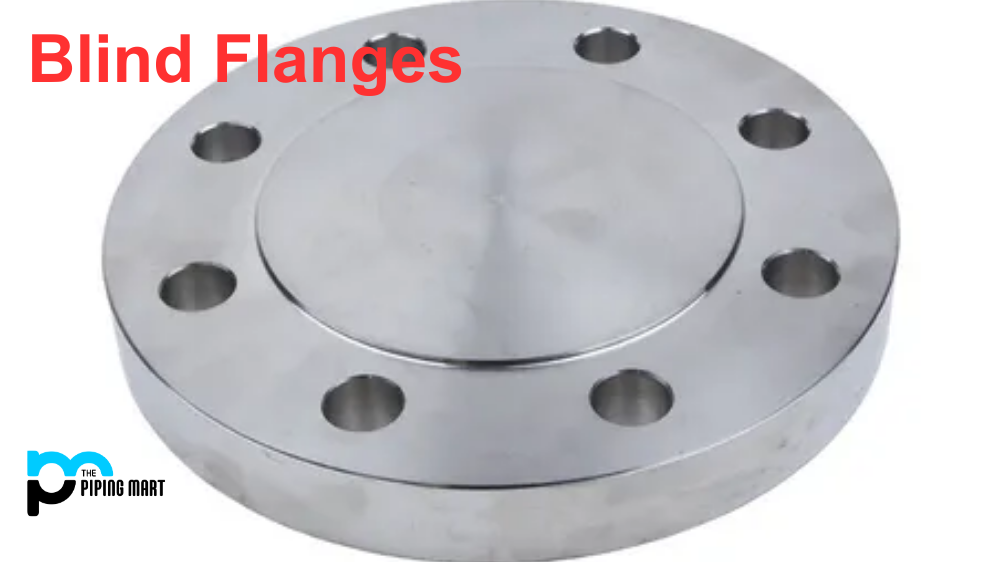When selecting a flange for your piping system, it is important to weigh the options available. One widely used option is cast flanges. These are made by melting down metal, pouring them into a mould, and then shaping them to the required specifications. While many pipe systems use cast flanges, they do come with their set of pros and cons. In this blog post, we will take a closer look at the advantages and disadvantages of cast flanges, helping you make an informed decision before choosing them.
What is Cast Flange?
A Cast Flange is a type of pipe fitting used to connect pipes together, allowing them to be attached securely and creating a secure seal. It consists of a circular rim usually made from ductile iron or other cast materials with bolt-holes for attachment purposes. The flanges are connected to the piping system using bolts, gaskets and relevant fittings, providing added stability.
Advantages of Cast Flange
Strength: Cast flanges are known for their strength and durability. These flanges are designed to withstand high-pressure systems that others may be unable to. They are also used for heavy-duty applications such as mining, oil refineries, and power plants.
Cost-effective: Cast flanges are often more cost-effective than other types of flanges. This is because the manufacturing process is straightforward, and the raw materials can be sourced at a lower cost. They are also readily available in the market, saving you time searching for the right flange for your system.
Wide Range of Sizes: Cast flanges come in a wide range of sizes, making them versatile enough to be used in various piping systems of different sizes. This diversity in size enables a wide range of applications, from small to large-scale systems.
Disadvantages of Cast Flange
Porosity: Cast flanges are more prone to porosity than other types of flanges. Air pockets may remain trapped inside the flange, leading to leaks or cracks. To avoid such issues, a more rigorous quality assurance process is required in the manufacturing process.
Less Precise Measurements: Cast flanges may not meet the project’s exact specifications. While the range of sizes available is wide, there are cases where you may require precise dimensions that cast flanges may not match. This is especially true if you are dealing with high-tolerance piping systems.
Surface Finish: Cast flanges may need a smooth surface finish, which can be an issue. The rough finish may build up residue in the pipeline system, leading to blockages or corrosion. This rough finish may also cause issues when installing gaskets and sealing the joint.
Conclusion:
Cast flanges have advantages and disadvantages, and it is important to weigh them before choosing them for your piping system. They are a cost-effective and strong option that is versatile in size. However, they may be more prone to porosity, lack precise measurements, and have a rough surface finish. Ultimately, the decision comes down to the requirements of your piping system and your budget. Consulting with a professional can help you choose your specific needs best.

A passionate metal industry expert and blogger. With over 5 years of experience in the field, Palak brings a wealth of knowledge and insight to her writing. Whether discussing the latest trends in the metal industry or sharing tips, she is dedicated to helping others succeed in the metal industry.




